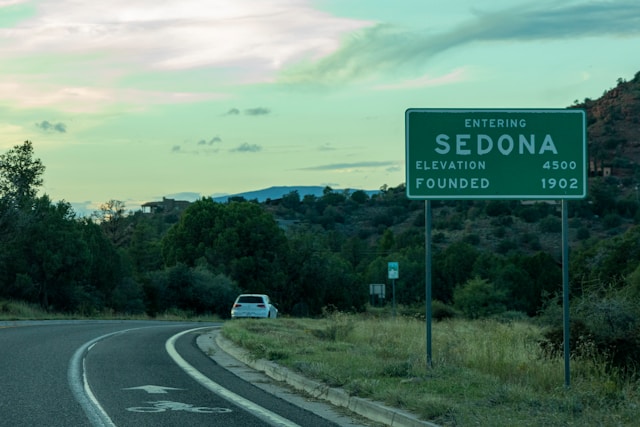Essential Wildfire Resources for Seniors: Housing, Memory Care, and Financial Aid

Support and Resources for Seniors in California Wildfires
Comprehensive Relief Initiatives
In the wake of the California wildfires, seniors—one of the most vulnerable groups affected—are receiving focused attention through comprehensive relief efforts. Various organizations have swiftly mobilized to provide essential services and support, ensuring that those displaced are not only housed but cared for in a manner that respects their unique needs.
Temporary housing initiatives have been a cornerstone of these efforts. Facilities like Meadowbrook at Agoura Hills have become sanctuaries for seniors, offering fully furnished living spaces and round-the-clock clinical support. These accommodations ensure that seniors can find solace and stability without the need to bring anything but themselves, emphasizing a hassle-free transition during such turbulent times.
The relief efforts are not solely about physical well-being but also address mental and emotional health. Access to daily activities and amenities like game rooms and movie theaters helps maintain a sense of community and normalcy. This holistic approach to disaster relief is crucial for the speedy recovery and well-being of seniors affected by the wildfires.
Facilities Specializing in Memory Care
The Terraces at Via Verde Memory Care Community is providing exceptional support specifically tailored for seniors with memory care needs. Their Helping Hand program not only alleviates financial burdens by reducing costs but also ensures a peaceful transition to a new environment which can often be stressful for those with cognitive impairments.
This community offers a structured environment designed to provide stability and continuity, which is especially important for individuals with memory-related conditions. Features like a purpose-built landscape and tailored daily routines help maintain a sense of familiarity and comfort for residents, reinforcing cognitive and emotional security.
Organizations like The Terraces are essential in showing how targeted interventions can effectively address the specific needs of vulnerable populations during disasters. Their efforts demonstrate the importance of specialized care facilities in disaster-stricken regions, highlighting a much-needed area of focus for future preparedness and response strategies.
Financial Assistance and Recovery Aid
Financial assistance is a critical component of disaster recovery. FEMA’s Individual and Households Program (IHP) plays a pivotal role by providing grants to complement other recovery funds. These grants significantly aid households in rebuilding and recuperating from the extensive damages caused by the wildfires.
The Community Development Block Grant–Disaster Recovery (CDBG-DR) program, administered by HUD, further supplements recovery by channeling funds to communities in need, particularly benefiting low- and moderate-income families. This funding is especially vital in communities that are underinsured or lack the necessary private resources to fully recover without assistance.
For seniors needing detailed guidance on navigating these financial assistance programs, consulting with a disaster recovery specialist or a financial advisor who understands the specifics of such aids can be invaluable. These professionals can provide personalized advice and help streamline the application processes, ensuring that seniors receive the support they need efficiently and effectively.
Additional Resources and Long-term Care
Organizations like WelbeHealth are instrumental in compiling essential resources that include practical tips for maintaining health and safety during wildfires. Information on evacuation centers, emergency shelters, and air quality updates can be lifesaving in the midst of chaos.
Furthermore, long-term care options such as those provided by Cozier Senior Living, which offers 60 days of rent-free accommodation, highlight the community’s commitment to supporting its elderly population in times of disaster. These initiatives not only provide immediate relief but also help pave the way for sustained recovery and stability.
Engaging with these resources and facilities, while consulting with healthcare professionals and disaster response experts, ensures that seniors receive comprehensive care tailored to their specific needs during and after such devastating events.
Conclusion
The coordinated relief efforts for California’s wildfire-stricken senior population underscore the critical importance of community, specialized care, and comprehensive support systems in disaster situations. By focusing on both immediate needs and long-term recovery, organizations and programs provide a lifeline to those most in need, helping them rebuild their lives with dignity and security.






